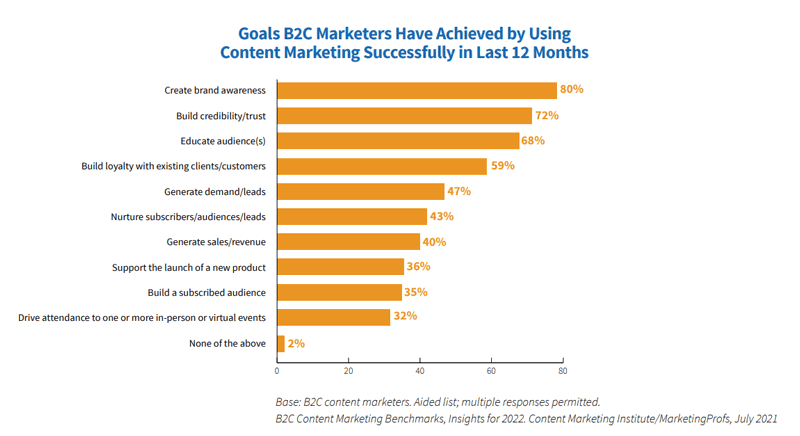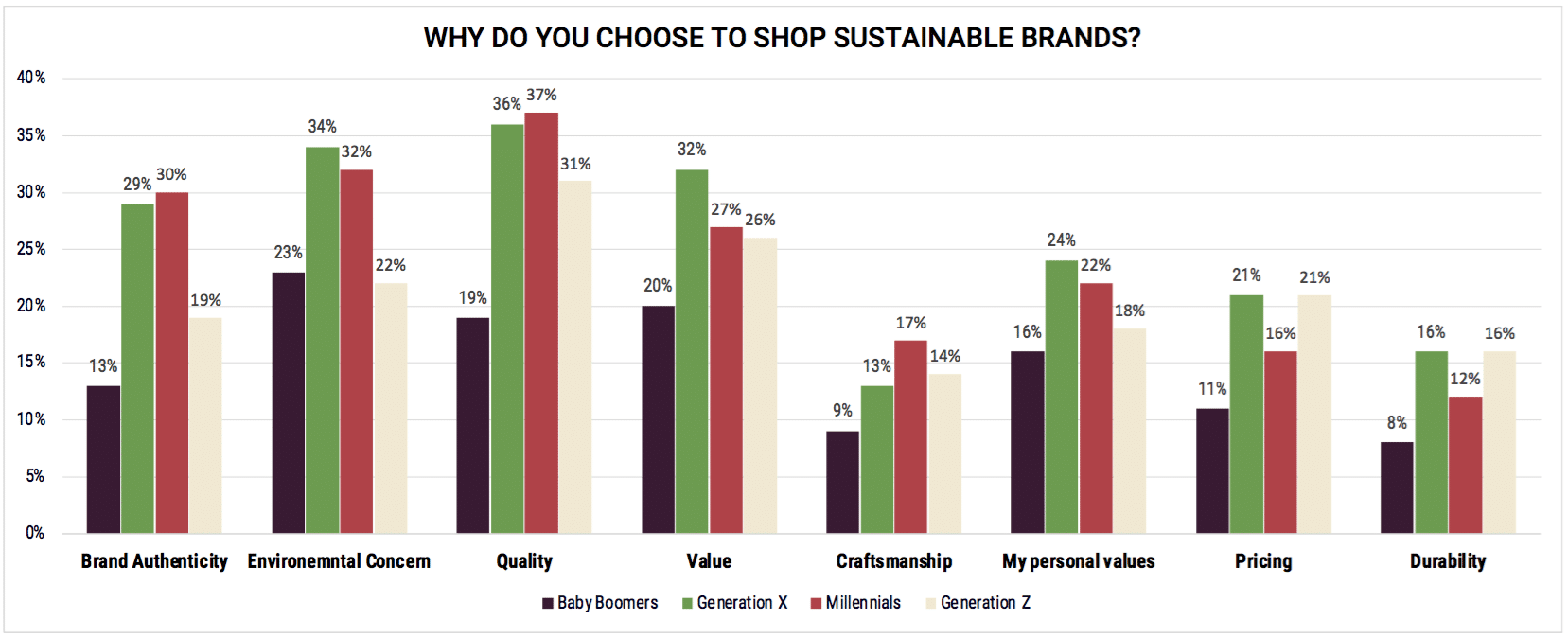If your company is one of the 40% of B2B businesses and 39% of B2C companies with a documented content marketing strategy, congratulations! The same way a winning football team needs a good game plan, establishing a formal marketing plan is necessary for ensuring an efficient and effective approach.
While just making a plan is a major accomplishment, though, it isn’t sufficient on its own. You also need to make sure the content your team members create fulfills your strategic objectives. With a little extra effort on the front end and maintenance along the way, you will save your team and the business precious resources.
Meanwhile, your audience will also be happy because they get what they need when needed. It’s a win-win like you rarely see in sports or anywhere else. Let’s dig into the playbook on how to map your content to strategy goals.
Defining Content Mapping
When you develop your content strategy, you lay out the framework for utilizing content to reach your target audiences. You define your audience, its pain points, and interests, and your content marketing channels.
You also establish what you want your content to do and the goals you want it to achieve for your audience and your business. These goals should be actionable and measurable, giving you a solid foundation for planning content.
Now you need a way to put your strategy into action. Content mapping fills in the blanks of your framework by identifying which types of content to publish, for whom, and when. A content map adheres to the stages of the buyer’s journey.
Pro tip: Keep search intent in mind when deciding on content topics.
Why Is Content Mapping Necessary?
An effective content map simplifies your content planning process, removing guesswork and random pieces with no identifiable purpose. Why pay for extra players on the field when they aren’t necessary and may even hurt your team’s efforts?
Additionally, as much as you might like every piece you create to meet every prospect’s and customer’s needs across all stages of the buyer’s journey, it just isn’t possible. Content mapping helps you tailor your content plan to ensure every piece has value for the intended audience, moving customers through their journeys and ultimately fulfilling your content strategy goals.
Source: Content Marketing Institute
Content mapping also helps you identify gaps and opportunities and reduces the likelihood of oversaturation. We know how much fun content audits are (not) — no judgment here; we get it (to take some of the pain out of the process, check out our content audit template).
Wouldn’t it be nice to discover what topics and audiences you’ve missed during the planning process rather than during an audit? Mapping your content to your strategy goals gives you confidence in the planning process, resulting in fewer surprises when you assess your content and strategy.
How To Map Content to Your Strategic Goals
Coming up with content topics can be overwhelming. One of the benefits of content mapping is that it can provide a focus for brainstorming and planning sessions.
As you develop topics, you can begin filling in your content calendar. DivvyHQ’s calendar helps you keep track of what assets you assign to different components of your strategic goals, essentially giving you a visual, color-coded map within the calendar structure.
The following seven steps streamlines the mapping process.
1. Identify Strategic Goals
Before you begin mapping, identify your strategic goals. If your goals are broad, break them down into measurable objectives.
On your Divvy calendar, you can create a content strategy menu, generating separate labels for each aspect of your strategy, such as:
- Audience
- Topic category
- Buyer stages
- Keywords
- Geographic region
- Publishing channels
You can fill in your tags as you proceed.
2. Establish Personas or Audience Segments
While some of your content might have broad appeal, you need to produce content targeting specific audience segments or personas. Your audience categories can be as narrow or broad as you need to ensure your content hits its mark.
You may have categories for various demographic markers, psychographic qualities, or professional statuses. You can give each of these a listing under the audience section on your calendar. When you need to see what content you scheduled for each segment, you can filter your calendar to easily view content topics and distribution over a week, month, or year.
3. Break Down the Customer Journey
Break down the customer journey into the stages your business wants to focus on. There are several models, with anywhere from three to seven stages. Choose the model that works best for your company’s goals.
4. Do Your Keyword Research
People turn to content to find solutions to their problems, answer their questions, fill in the gaps in knowledge, and entertain them. Research the market and identify trending topics, unmet needs, and relevant keywords to inform your ideation sessions.
5. Establish Brand Value
Before you generate topic ideas, establish the value your brand brings to the table. Make sure you hone in on the specifics for each audience segment. For instance, if your brand appeals to multiple generations, you may focus more on social or environmental responsibility for Gen Zers and millennials than you do for baby boomers.
Source: Agility PR
6. Identify and Map Topics
Now it’s time to develop your topics. The previous steps can help your team develop ideas that meet the needs of each audience segment at various stages of the buyer’s journey, addressing audience goals at each stage.
As you generate topics, assign an audience, buyer stage, and relevant keywords. You can also list any additional strategy components that matter, such as geographic region and publishing channels.
7. Schedule Content
Once you have approval for your topics, put them on the schedule. Working inside Divvy’s platform, you can fill in details for each asset as you place them on your schedule.
This does two things for you. First, it transfers your content map onto your calendar, ensuring your team adheres to it.
Second, it assigns metadata to the asset. This metadata gets stored with the item, making it easy to find and analyze later.
Getting Started With DivvyHQ
DivvyHQ streamlines your content strategy, mapping, and calendar, placing all the information you need front and center to ensure the right content reaches the right people at the right time. We eliminate the chaos and make your content operations more efficient and effective. Request a demo to see how content mapping works on Divvy’s platform.


